On the night of 24 March 1944, the largest prisoner of war (POW) breakout ever attempted occurred at Stalag Luft III, a German camp for captured Allied airmen. Having taken over 750 men more than a year to prepare, this ‘Great Escape’ was unprecedented in its organisation and scale, but also in its tragedy.
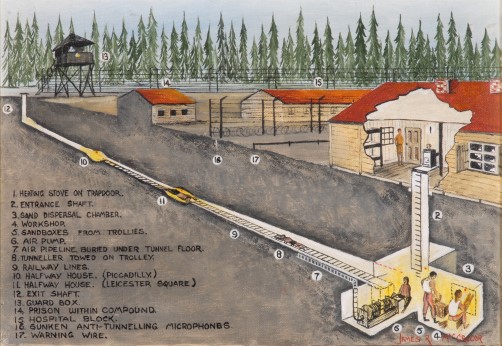
The subject of books, films (including the famous 1963 Hollywood version featuring Steve McQueen), and countless documentaries, the Great Escape is one of the most well-known events of World War Two. As we mark the anniversary, it’s timely to remember that, among the 76 airmen who escaped through the tunnel that night, were five Kiwis, including RNZAF VC winner, Leonard Trent.
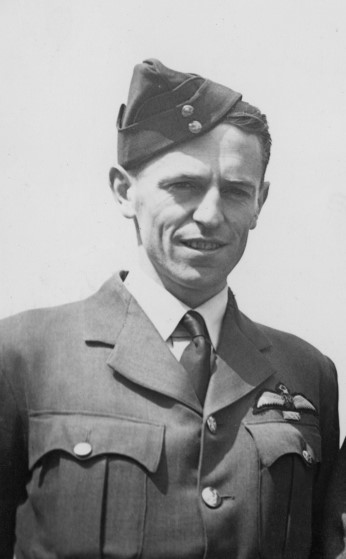
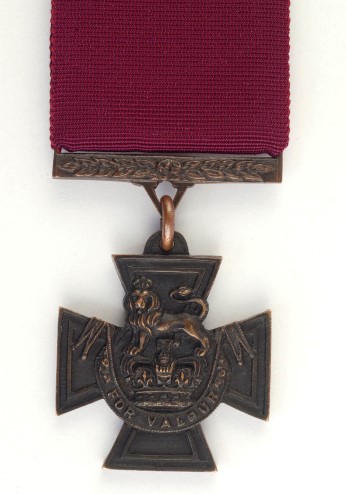

Squadron Leader Trent had been shot down and captured after leading a relentless, yet ultimately, disastrous daylight bombing raid on 3 May 1943. He received the VC for this action, but only discovered this after spending the rest of the War as a POW. An inmate of Stalag Luft III, Trent was one of 240 men initially selected to make the escape. He was the 79th to pass through the narrow, hand-dug tunnel, following fellow New Zealander Flight Lieutenant Michael (Mick) Shand. Shand managed to escape into the nearby forest, before being captured by the Gestapo a few days later and brought back to camp.
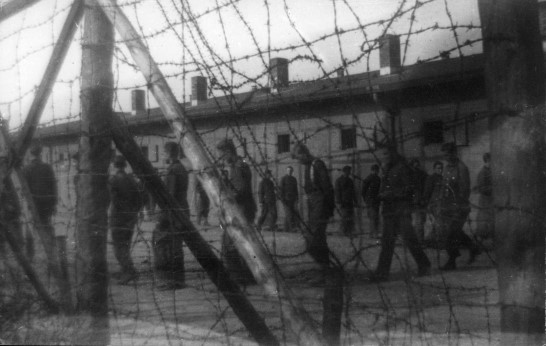
Trent, meanwhile, experienced the end of the Great Escape first-hand. One of the last prisoners to clear the tunnel, he was lying on his stomach in freezing snow when a German guard approached. Not noticing Trent in the darkness, the guard was about to relieve himself when he spotted the tunnel in front of him. He let off a signal shot with his rifle and Trent immediately leapt up shouting ‘Nicht schießen!’ (‘Don’t shoot!’). He was captured on the spot, and taken back inside the camp gates, where he was sentenced to three weeks’ solitary confinement on starvation rations.
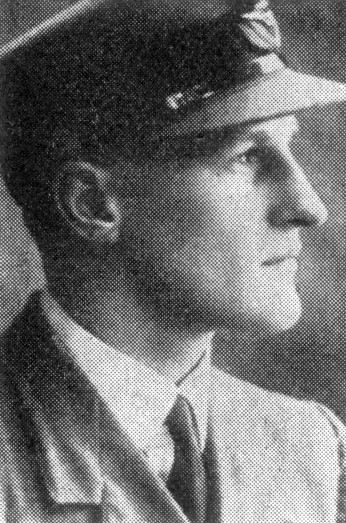
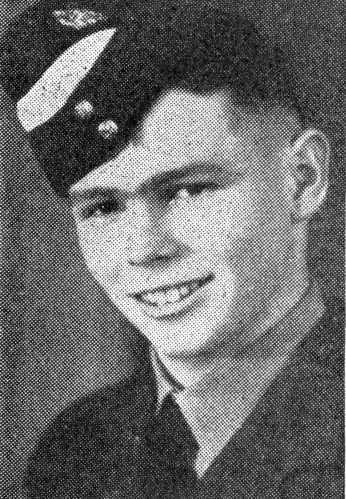
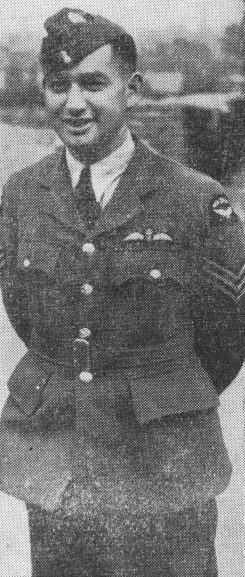
Meanwhile, Flight Lieutenant Arnold Christensen, Flying Officer Porokoru (Johnny) Pohe and Squadron Leader John Williams DFC, had all escaped before Trent, and managed to evade capture for several days before being discovered and arrested south of the camp. These three young New Zealanders were among the 50 Allied airmen shot by the Gestapo following the escape. Their names are etched on the Roll of Honour at the Air Force Museum of New Zealand.




